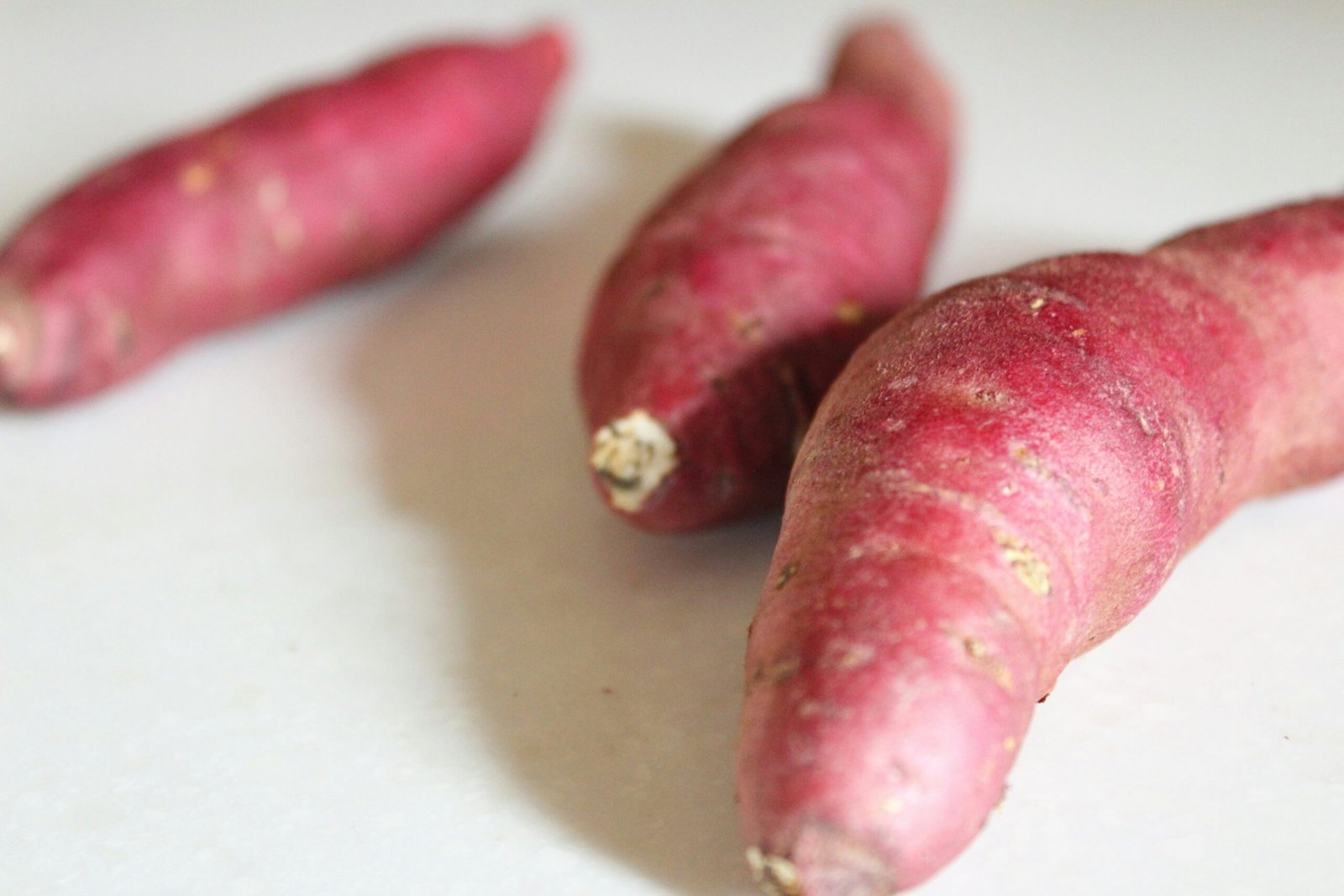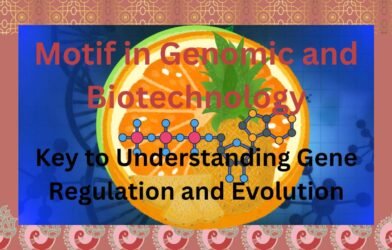Introduction to RNA-Sequencing (RNA-Seq)
RNA sequencing, commonly referred to as RNA-Seq, is a powerful technique used to analyze the transcriptome of an organism. The transcriptome encompasses all RNA molecules, including messenger RNA (mRNA), non-coding RNA, and small RNA, which play critical roles in regulating gene expression. The significance of RNA-Seq lies in its ability to provide a comprehensive view of the transcriptome, facilitating insights into gene activity and expression levels under various conditions. This method has revolutionized genomics by allowing researchers to investigate not just the presence of genes, but also their expression patterns and regulatory mechanisms.
Table 1 RNA sequencing and gene expression studies are pivotal in understanding and improving plant biology, agriculture, and resilience to environmental challenges.
| Aspect | RNA Sequencing | Gene Expression in Plants |
|---|---|---|
| Definition | A high-throughput method to sequence and quantify RNA molecules in a sample. | The process by which genetic information in DNA is transcribed to RNA and translated to proteins. |
| Purpose | To analyze the transcriptome and identify expression levels of all RNA species. | To understand the functional roles of genes and their regulation under specific conditions. |
| Steps Involved | Sample preparation, RNA extraction, library preparation, sequencing, and analysis. | Transcription, RNA processing, translation, and regulation at various cellular levels. |
| Applications | – Identifying differentially expressed genes under various conditions. | – Studying gene function, stress responses, and regulatory mechanisms in plants. |
| – Detecting novel transcripts, isoforms, and non-coding RNAs. | – Understanding how plants adapt to biotic and abiotic stresses. | |
| Key Technologies/Tools | Illumina, PacBio, or Oxford Nanopore sequencers; bioinformatics tools like STAR. | Reverse transcription, PCR, qPCR, or RNA-Seq technologies. |
| Output | Comprehensive transcriptome data, including expression levels and sequence variants. | Insights into specific genes or pathways involved in plant development and stress responses. |
| Importance in Plant Science | Helps identify genes involved in specific pathways like stress resistance. | Reveals how plants regulate genes to grow, respond to stress, or defend against pathogens. |
| Example in Plants | RNA-Seq used to study transcriptomic changes in drought-resistant crops. | Analysis of genes encoding defense proteins in response to fungal pathogens. |
The process of RNA-Seq generally begins with the extraction of RNA from a biological sample. Following extraction, library preparation is performed, which involves converting the RNA into complementary DNA (cDNA), as DNA is more stable and better suited for sequencing. Subsequently, various sequencing methods, such as Illumina or PacBio, can be employed to generate high-quality sequence data. The outcomes of these methodologies provide extensive information on the abundance and diversity of transcripts, helping researchers draw meaningful conclusions about gene expression.
One of the major advantages of RNA-Seq over traditional gene expression analysis techniques, such as microarrays, is its ability to detect low-abundance transcripts and identify novel genes or splice variants without prior knowledge of the genome. Additionally, RNA-Seq accommodates the analysis of differential gene expression across multiple conditions, thereby enhancing our understanding of the complex dynamics of gene regulation. In plants, where gene expression can be influenced by various stimuli, RNA-Seq offers a significant advantage in unraveling the intricate networks that govern their biological processes. Consequently, this methodology is invaluable for advancing our knowledge in plant genomics and gene family studies.
Gene Expression Analysis Techniques
Gene expression analysis is a vital component in understanding the functional elements of genomes, particularly in plants, where it helps elucidate how genes respond to different stimuli and environmental conditions. A prominent technique used in conjunction with RNA-Seq data is differential expression analysis, which identifies genes that exhibit statistically significant changes in expression levels between experimental conditions. This approach typically relies on robust statistical methods, such as the DESeq or edgeR algorithms, which are designed to handle the unique characteristics of RNA-Seq data, including overdispersion and low count numbers.
Table 1 Step-by-step guide to gene expression analysis in plants
| Step | Description | Tools/Methods |
|---|---|---|
| 1. Sample Collection | Collect plant tissue samples (e.g., leaves, roots, stems) at specific stages or conditions of interest. | Scissors, scalpel, liquid nitrogen for preservation. |
| 2. RNA Extraction | Isolate total RNA from plant tissue. | TRIzol reagent, RNA extraction kits. |
| 3. RNA Quality Check | Assess RNA quality and quantity. | Nanodrop spectrophotometer, agarose gel electrophoresis, Bioanalyzer. |
| 4. cDNA Synthesis | Convert RNA to complementary DNA (cDNA). | Reverse transcription kits, primers. |
| 5. Gene-Specific Amplification | Amplify specific gene sequences to study expression levels. | PCR (Polymerase Chain Reaction), qPCR for quantitative analysis. |
| 6. High-Throughput Sequencing (Optional) | Analyze the transcriptome comprehensively. | RNA-Seq using Illumina, PacBio, or Nanopore platforms. |
| 7. Data Analysis | Process and analyze raw sequencing data or PCR data. | Bioinformatics tools: FASTQC, HISAT2, STAR, DESeq2 for RNA-Seq; Ct value analysis for qPCR. |
| 8. Differential Expression Analysis | Identify genes with significant expression changes under different conditions. | EdgeR, DESeq2, limma, or qPCR analysis software. |
| 9. Functional Annotation | Annotate differentially expressed genes to determine their roles. | BLAST, KEGG, GO enrichment analysis. |
| 10. Validation | Validate findings with additional experiments. | qPCR, Northern blot, in situ hybridization. |
| 11. Data Interpretation | Integrate results to draw biological conclusions. | Pathway analysis, co-expression networks, or gene ontology studies. |
| 12. Publication/Reporting | Present findings in scientific formats. | Graphical representation tools: GraphPad Prism, R, or Python visualization libraries. |
Normalization methods are also critical to ensuring the accuracy of gene expression analysis. These techniques correct for systematic biases inherent in RNA-Seq experiments, such as differences in sequencing depth and composition bias, thereby allowing for a fair comparison of gene expression levels. Common normalization strategies include library size normalization and relative log expression (RLE), which help mitigate technical variability and enhance the reliability of subsequent analyses.
Furthermore, functional annotation serves as a crucial step in interpreting the biological significance of gene expression changes. By annotating genes with information about their functions, interactions, and involvement in biological pathways, researchers can gain insights into the roles of specific gene families under various conditions. This process is greatly aided by bioinformatics tools and software, such as DAVID or GOseq, which facilitate the annotation and enrichment analysis of gene sets.
Moreover, the integration of expression databases, such as Expression Atlas or Gene Expression Omnibus (GEO), plays a pivotal role in enabling gene expression analyses. These databases provide a wealth of pre-processed RNA-Seq data across numerous plant species and experimental conditions, allowing researchers to compare their results with existing datasets and validate their findings. In utilizing these resources, scientists can develop a more comprehensive understanding of gene expression dynamics and their implications for plant biology.
Genome-Wide Analysis of Gene Families in Plants
Genome-wide analysis of gene families in plants is an essential approach that allows researchers to uncover the complexities of gene expression and its implications for plant biology. The methodology typically begins with the acquisition of high-quality RNA-Seq data, which provides a comprehensive view of the transcriptome. This data is foundational for identifying gene families—groups of genes that share a common ancestor and often have related functions. Using bioinformatics tools, researchers can cluster genes based on sequence similarities and evolutionary relationships to delineate these families.
Table 3 This workflow allows for comprehensive analysis of a plant gene family‘s expression and functional roles using online data
| Step | Description | Tools/Databases |
|---|---|---|
| 1. Identify Gene Family | Search for the gene family of interest in online databases. | NCBI, Ensembl Plants, TAIR (The Arabidopsis Information Resource), Gramene. |
| 2. Retrieve Gene Sequences | Download genomic, CDS, or protein sequences of the gene family members. | NCBI GenBank, Phytozome, PLAZA, or specific plant genome databases. |
| 3. Phylogenetic Analysis | Perform phylogenetic analysis to understand evolutionary relationships within the gene family. | MEGA, IQ-TREE, ClustalW, or MUSCLE for sequence alignment and tree construction. |
| 4. Analyze Expression Data | Download transcriptomic data from the database to study expression patterns. | GEO (Gene Expression Omnibus), Expression Atlas, or RNA-Seq datasets. |
| 5. Identify Expression Patterns | Map gene expression under different conditions or tissues to identify functional roles. | Heatmap generation using R, Python, or software like TBtools. |
| 6. Functional Annotation | Annotate gene functions using similarity searches and pathway databases. | BLAST, InterProScan, KEGG, GO enrichment tools. |
| 7. Analyze Co-Expression Networks | Identify genes co-expressed with the family to infer shared pathways or functions. | WGCNA (Weighted Gene Co-expression Network Analysis), Cytoscape. |
| 8. Validation with Literature | Cross-check findings with existing literature for known functions or experimental data. | PubMed, Google Scholar. |
| 9. Predict Cis-Regulatory Elements | Identify promoter regions and regulatory elements linked to gene expression control. | PlantCARE, PLACE databases for promoter analysis. |
| 10. Functional Validation | Design experiments (e.g., qPCR, CRISPR, overexpression studies) to confirm findings. | Experimental setup in wet-lab studies using model plants like Arabidopsis or crops. |
| 11. Data Visualization | Present expression patterns, phylogenetic trees, and regulatory insights graphically. | GraphPad Prism, R (ggplot2), Python (Matplotlib, Seaborn). |
| 12. Report Findings | Compile and document insights into gene family expression and potential functions. | Scientific reports, research publications. |
Once gene families are identified, the next step involves annotating these genes to assign specific functions. This function assignment is critical as it can provide insights into the biological roles of each family within the plant. Various databases and software programs are employed to aid in this annotation process, allowing for the integration of multiple data types, including protein domains and metabolic pathways. Such comprehensive analysis not only enriches our understanding of plant physiology but also sheds light on how different gene families contribute to metagenomic functions.
In addition to identifying and annotating gene families, researchers explore the evolutionary dynamics that lead to expansions or contractions of gene families. This aspect is particularly intriguing as it correlates with plant adaptation to environmental pressures. For instance, certain plant species may exhibit gene family expansions that enable them to better tolerate drought or salinity, showcasing their adaptability. Real-world examples, such as studies conducted on the Arabidopsis thaliana and rice, illustrate how gene expression profiles facilitate insights into the evolutionary trajectories of these plants. These findings have significant implications for agriculture, biotechnology, and conservation strategies, emphasizing the importance of genome-wide analysis in understanding plant gene families and their contributions to plant functionality.
Utilizing Expression Databases for Research
Expression databases play a crucial role in advancing plant genomics research by compiling and providing access to extensive datasets generated from RNA-Seq analyses. These databases serve as essential resources for researchers aiming to explore gene expression across various plant species. Notable examples include the Gene Expression Omnibus (GEO), European Nucleotide Archive (ENA), and the Expression Atlas. Each of these repositories offers unique features such as interactive data visualization tools, metadata annotations, and access to raw sequencing data, enabling researchers to easily navigate and interpret complex genomic information.
Table 4 How to use NCBI GEO (Gene Expression Omnibus) for studying gene expression data
| Step | Description | Tools/Methods |
|---|---|---|
| 1. Access GEO Database | Visit the NCBI GEO website to explore gene expression data. | NCBI GEO |
| 2. Search for Dataset | Search for datasets relevant to your plant species, gene family, or experimental conditions. | Use keywords, organism filters, or dataset accession IDs (e.g., GSE, GSM). |
| 3. Select Appropriate Data | Identify datasets with suitable conditions (e.g., tissue type, stress treatment, time points). | Explore metadata like sample description, platform, and experimental design. |
| 4. Download Data | Download raw or processed data files (e.g., expression matrices, counts, normalized values). | Formats: TXT, CEL, SOFT, FASTQ (raw data for RNA-Seq). |
| 5. Analyze Expression Data | Process raw data to analyze gene expression patterns. | Tools: R/Bioconductor packages (GEOquery, limma, DESeq2), Python libraries. |
| 6. Filter Gene Data | Extract expression data specific to your gene family of interest. | Identify gene IDs from annotations and isolate their expression profiles. |
| 7. Normalize Data | Ensure expression data is normalized for comparison across samples. | Normalization methods: RPKM, FPKM, TPM, or log-transformation. |
| 8. Differential Expression | Identify genes with significant changes in expression between conditions or treatments. | Tools: DESeq2, EdgeR, limma (for microarray or RNA-Seq data). |
| 9. Visualize Expression | Create visual representations of gene expression patterns. | Heatmaps, PCA plots, box plots (using TBtools, R, or Python visualization). |
| 10. Validate Findings | Cross-check with literature or perform experimental validation (e.g., qPCR or in vivo studies). | Compare results with published studies or validate through lab experiments. |
| 11. Report Results | Document and interpret gene expression findings. | Create detailed reports with tables, figures, and conclusions. |
Key Features of NCBI GEO:
- GEO Profiles: Explore individual gene expression profiles across experiments.
- GEO DataSets: Access curated collections of gene expression studies.
- GEO2R Tool: Perform basic differential expression analysis directly on the GEO platform without downloading raw data.
Using NCBI GEO, researchers can efficiently study gene expression across a variety of datasets, aiding in hypothesis generation and functional analysis
Researchers utilize these databases not only to access expression levels of specific genes but also to perform comparative analysis of gene families across different plant species. This comparative approach facilitates the identification of conserved and divergent gene expression patterns, which can provide insights into evolutionary processes and functional adaptations in plants. For instance, by analyzing RNA-Seq data across multiple species available in these databases, researchers can uncover the roles of specific gene families in response to environmental stressors or developmental processes.
Moreover, integrating RNA-Seq datasets with other genomic information such as genomic sequences, gene annotations, and functional data can enhance the understanding of gene regulatory networks and pathways. This integration allows for more robust analyses, leading to the identification of potential gene candidates for further functional studies or breeding programs geared towards improving agronomic traits. The synergy of RNA-Seq data with expression databases and other genomic resources holds significant potential for driving future discoveries in plant biology.
In conclusion, expression databases are indispensable tools in plant genomics research. By providing access to rich datasets generated by RNA-Seq analyses, they enable researchers to conduct comprehensive studies of gene expression and facilitate groundbreaking discoveries in the understanding of plant gene families.
A Step-by-Step Guide for Genome-Wide Analysis of Gene Families in Plants






A Step-by-Step Guide For Genome-Wide Analysis Of Gene Families In Plants
[…] RNA-Seq and Gene Expression Analysis for Genome-Wide Study of Plant Gene Families […]
RNA-Seq Analysis: Insights Into Differential Expression Genes In Genome-Wide Studies
[…] RNA sequencing, commonly referred to as RNA-Seq, has emerged as a pivotal technology in the field of genomics, enabling researchers to capture and analyze the complexities of gene expression. At its core, RNA-Seq allows for high-throughput sequencing of RNA transcripts, providing a comprehensive view of the transcriptome in various biological contexts. By quantifying gene expression levels across the entire genome, RNA-Seq serves as a robust platform for understanding the regulation of genes, their functions, and their roles in health and disease. […]